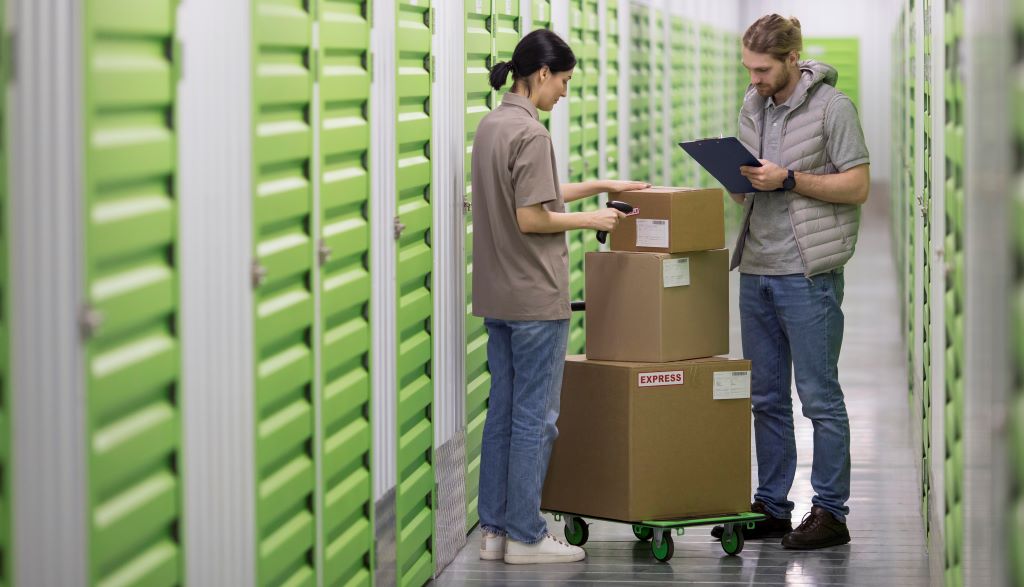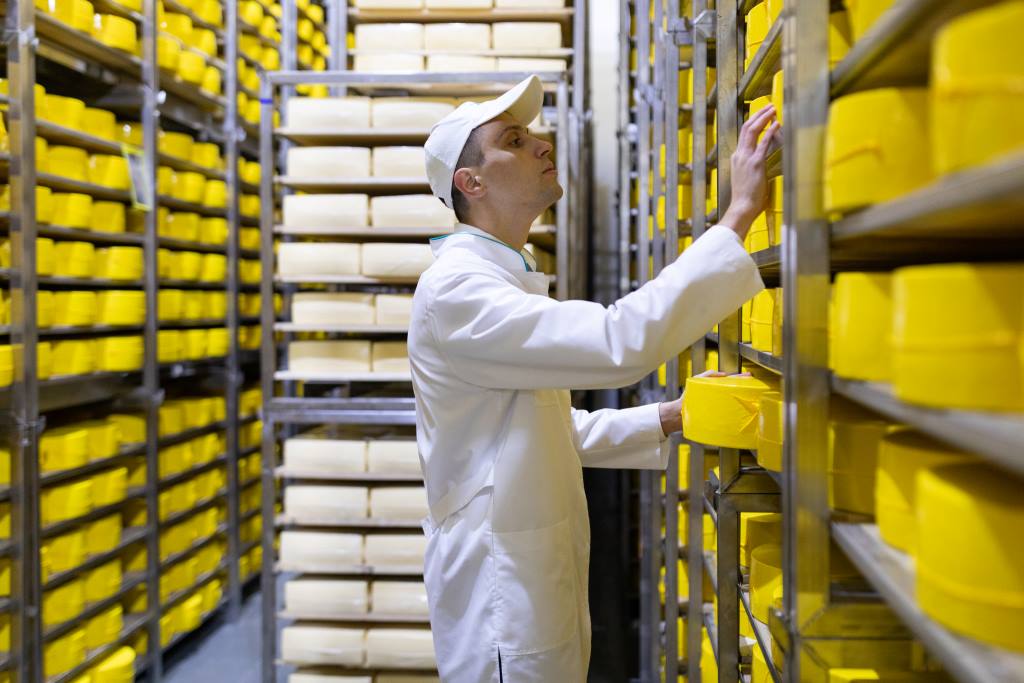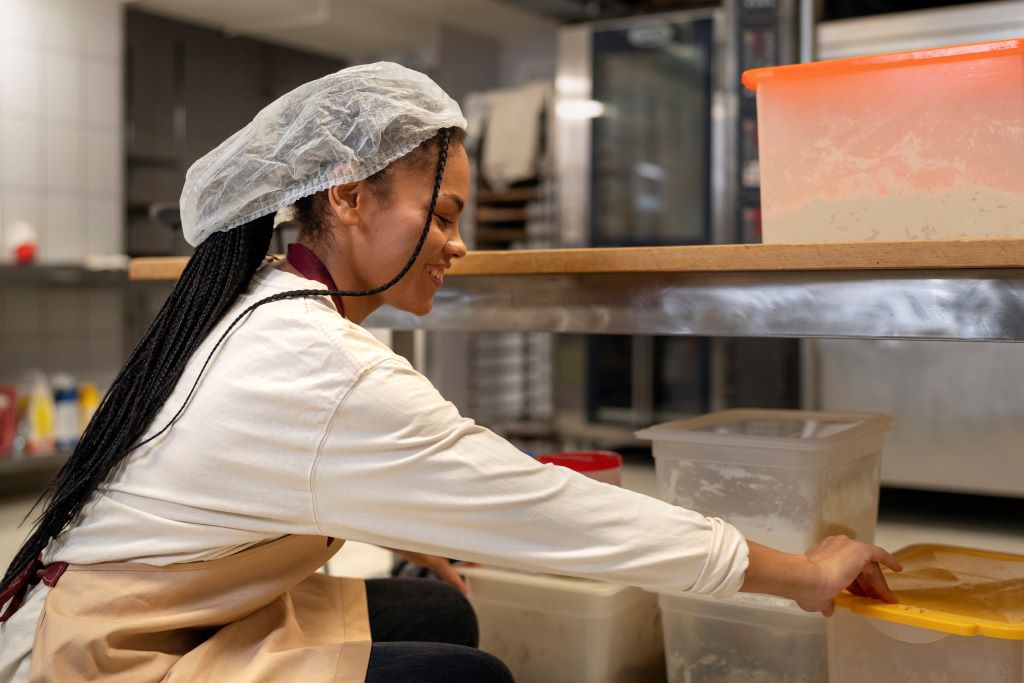Preserving Freshness: The Role of Storage Facilities in Thai Restaurant Supply Chains

Thai cuisine is celebrated worldwide for its vibrant flavors, aromatic herbs, and fresh ingredients with good storage facilities. From spicy curries to savory stir-fries, Thai dishes rely on high-quality, fresh ingredients to deliver an authentic and delicious dining experience.
Behind the scenes, storage facilities play a crucial role in preserving the freshness of these ingredients and ensuring they reach Thai restaurants in optimal condition.
In this article, we will explore the importance of storage facilities in Thai restaurant supply chains, the challenges they face, and how they contribute to maintaining the quality and authenticity of Thai cuisine.
Understanding the Importance of Fresh Ingredients in Thai Cuisine
Before delving into the role of storage facilities, it’s essential to understand why fresh ingredients are crucial in Thai cuisine.
Thai cooking emphasizes the use of fresh herbs, vegetables, meats, and seafood to create dishes that are bursting with flavor and aroma. Ingredients such as lemongrass, galangal, kaffir lime leaves, and Thai basil are staples in Thai cooking and are prized for their distinctive flavors and fragrances.
The freshness of these ingredients directly impacts the taste, texture, and overall quality of Thai dishes. Fresh herbs and vegetables add brightness and depth to curries and salads, while high-quality meats and seafood provide protein and richness to stir-fries and soups.
Preserving the freshness of these ingredients throughout the supply chain is essential to ensure that Thai restaurants can consistently deliver authentic and delicious dishes to their customers.

Challenges in Preserving Freshness in Thai Restaurant Supply Chains
Preserving the freshness of ingredients in Thai restaurant supply chains presents several challenges. First and foremost, many Thai restaurants rely on a wide range of fresh ingredients that are sourced locally and internationally.
This can lead to logistical challenges in transporting perishable items over long distances while maintaining their freshness and quality.
Additionally, Thai cuisine often features ingredients that have a short shelf life and require specific storage conditions to stay fresh. For example, herbs like cilantro and mint wilt quickly if not stored properly, while seafood must be kept at the right temperature to prevent spoilage.
Without adequate storage facilities and proper handling procedures, these ingredients can deteriorate rapidly, leading to food waste and compromising the quality of dishes.
The Role of Storage Facilities in Thai Restaurant Supply Chains
Storage facilities play a critical role in preserving the freshness of ingredients in Thai restaurant supply chains. These facilities provide a controlled environment where perishable items can be stored at the optimal temperature, humidity, and air quality to extend their shelf life and maintain their quality.
The storage facility in Darlington provides secure and convenient storage solutions for individuals and businesses alike, offering peace of mind and flexibility for storing belongings or inventory. It serves as a reliable storage option for local residents and businesses in the area.
Let’s explore the specific ways in which storage facilities contribute to preserving freshness in Thai restaurant supply chains.
1. Temperature Control
One of the most important factors in preserving freshness is temperature control. Many ingredients used in Thai cuisine, such as seafood, meat, and dairy products, are highly perishable and must be stored at the right temperature to prevent spoilage.
Storage facilities equipped with refrigeration and freezer units allow Thai restaurants to store these ingredients at the appropriate temperature, ensuring they remain fresh and safe for consumption.

2. Humidity Regulation
In addition to temperature control, humidity regulation is also essential for preserving freshness, particularly for fruits, vegetables, and herbs. High humidity can cause produce to spoil quickly, while low humidity can cause dehydration and loss of quality.
Storage facilities equipped with humidity-controlled environments help maintain the optimal moisture levels for different types of ingredients, prolonging their freshness and shelf life.
3. Air Quality Management
Proper air quality management is another critical aspect of preserving freshness in storage facilities. Poor air circulation can lead to the buildup of ethylene gas. Which accelerates the ripening and decay of fruits and vegetables.
Storage facilities with advanced ventilation systems help maintain a consistent airflow. It prevent the accumulation of ethylene gas, keeping produce fresh for longer periods.
4. Inventory Management Systems
In addition to providing the right storage conditions, storage facilities often utilize inventory management systems to track and monitor perishable items throughout the supply chain. These systems use barcode scanning, RFID technology, or other tracking methods to record inventory levels, expiration dates, and storage locations in real-time.
By accurately managing inventory, Thai restaurants can minimize waste, reduce the risk of stockouts, and ensure a steady supply of fresh ingredients for their kitchen operations.
Best Practices for Preserving Freshness in Storage Facilities
To maximize the effectiveness of storage facilities in preserving freshness, Thai restaurants should implement the following best practices:
1. Regular Maintenance and Cleaning
Regular maintenance and cleaning of storage facilities are essential to ensure they operate efficiently and maintain optimal storage conditions. This includes routine inspections of refrigeration and freezer units, cleaning of storage shelves and surfaces, and monitoring of temperature and humidity levels.
2. Proper Handling and Storage Procedures
Proper handling and storage procedures are crucial for preserving the freshness of ingredients. Thai restaurants should train staff on best practices for receiving, storing, and rotating perishable items. To minimize spoilage and food waste.
This includes storing raw meats and seafood separately from ready-to-eat items. Properly wrapping and labeling ingredients, and following FIFO (first in, first out) inventory management practices.

3. Quality Assurance and Inspection Protocols
Quality assurance and inspection protocols are important for ensuring that ingredients meet quality. Safety standards before being stored in facilities.
Thai restaurants should establish procedures for inspecting incoming shipments for signs of damage. Spoilage, or contamination and reject any items that do not meet quality criteria. Additionally, regular quality checks should be conducted on stored ingredients to identify any issues or anomalies that may affect freshness.
4. Collaboration with Suppliers
Collaboration with suppliers is key to maintaining a steady supply of fresh ingredients. Thai restaurants should communicate regularly with their suppliers to coordinate delivery schedules. It discuss quality requirements, and address any issues or concerns.
By fostering strong relationships with suppliers, restaurants can ensure they receive high-quality ingredients that meet their specifications and standards.
Conclusion
In conclusion, storage facilities play a vital role in preserving the freshness of ingredients in Thai restaurant supply chains. By providing controlled environments with temperature, humidity, and air quality management. These facilities help extend the shelf life of perishable items and maintain their quality from farm to table. By recognizing the importance of storage facilities and implementing best practices for preserving freshness. Thai restaurants can uphold the integrity and authenticity of Thai cuisine while meeting the demands of today’s discerning consumers.








